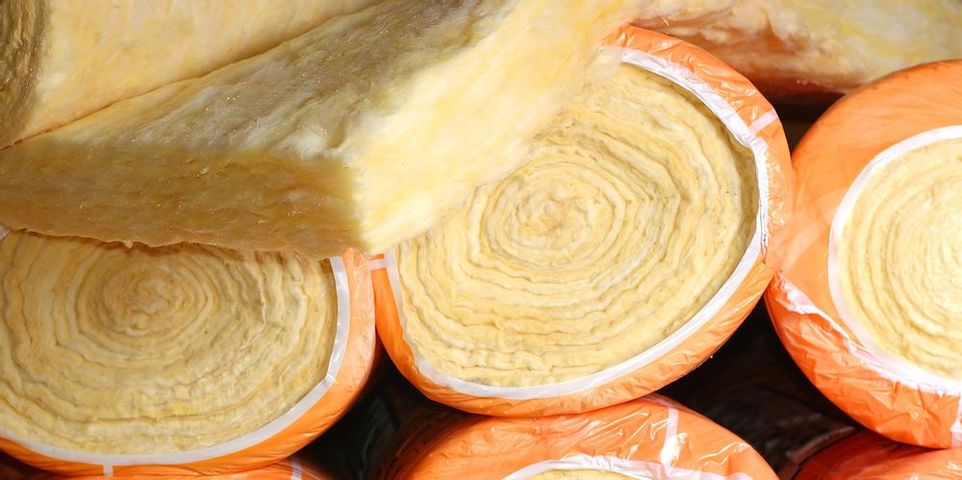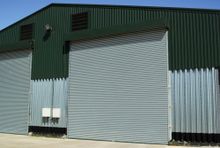
Whatever your reason for building a pole barn, insulation is one of the final pieces of the construction puzzle. It protects the structure from heat and cold as well as moisture that results in mold, mildew, and corrosion. Use these tips to choose the right insulation and enjoy a more comfortable, energy-efficient building.
4 Tips for Insulating Your Barn or Outbuilding
1. Consider Your Application
Base your insulation plan on the pole barn’s intended use. If it will house livestock, for example, you do not need heavy insulation because the animals produce plenty of heat. Insulation under the steel roof should suffice to decrease summertime condensation. If your structure will function as a guest house, home office, or something similar, thicker insulation with a higher R-value is best. The higher the R-value, the more insulating the material is.
2. Review Material Types & Thicknesses
Review material options in light of how you’ll be using the building, such as blanket and loose-fill selections made from fiberglass, cotton, and cellulose. Spray foam insulation is another option; however, both foam and loose-fill options require professional application. 6-inch fiberglass blankets or sheets have R-values ranging from R10 to R19 to insulate floors, walls, and ceilings, while loose fill cellulose features R-values up to 60.
Keep weight and settlement rate in mind as you make your decision, as loose cellulose is heavier and can settle, reducing its effectiveness. Blanket options do not settle but can become compressed and therefore less effective.
3. Add Air & Moisture Barriers
 Install an air barrier if heating and cooling is part of your pole barn plan. Moisture barriers prevent condensation and are important even if you don’t intend to heat and cool the building, as they keep farming equipment and other storage items dry. Barriers also manage energy costs by preventing heat loss and similar problems.
Install an air barrier if heating and cooling is part of your pole barn plan. Moisture barriers prevent condensation and are important even if you don’t intend to heat and cool the building, as they keep farming equipment and other storage items dry. Barriers also manage energy costs by preventing heat loss and similar problems.
4. Ensure Proper Ventilation
Keep your pole barn well-ventilated to further protect against condensation and inefficient airflow. Eave and ridge ventilation systems encourage warm, damp air to escape the building without compromising comfort or efficiency. Ventilation requirements again depend on building use—for example, livestock needs quality ventilation to release carbon dioxide from the air. They also produce significant water vapor and will contribute to barn odors without sufficient ventilation.
Purchase pole barn materials and insulation from H & H Metal Products LLC, the Savannah, TN, company serving the tri-state area and specializing in residential and agricultural metal buildings. Enjoy selecting from high-quality, affordable materials and working with knowledgeable metal roofing suppliers. Call (731) 925-1922 today or visit the website for more product and service information. Get additional tips on Facebook.
About the Business
Have a question? Ask the experts!
Send your question

